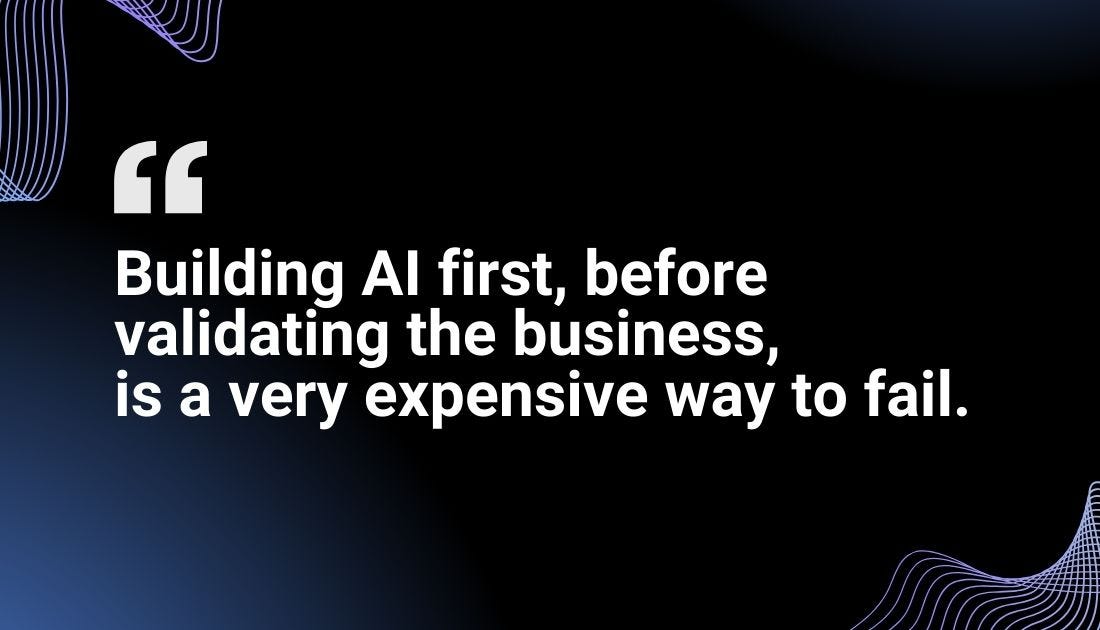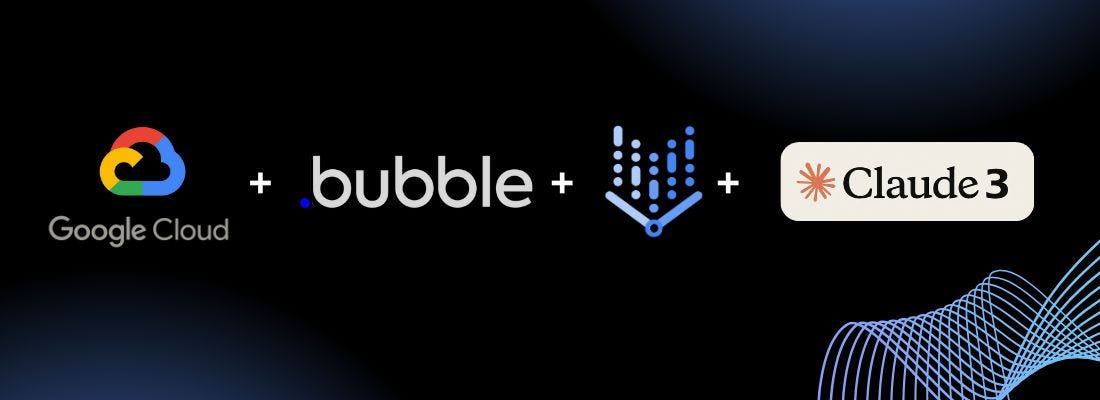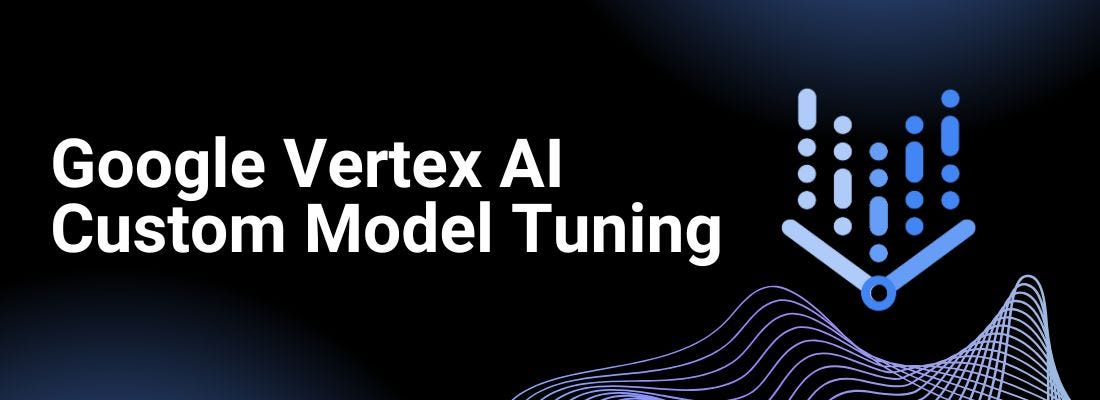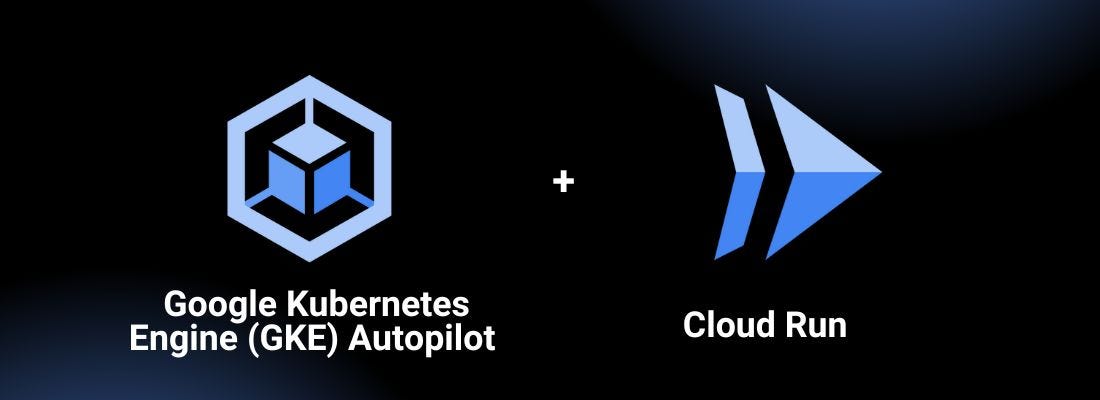What I’d Do Differently If I Were Launching an AI Startup in 2025
Let me take you back to 2024.
In my last startup, we did what many excited AI founders do: we built way too much before we knew if anyone even wanted it.
We hired top-notch data scientists. We trained custom models for six months. We sunk a small fortune into cloud compute and cybersecurity infrastructure.
By the time we had something that worked... nobody cared. We had solved a problem no one was actually desperate to fix.
The lesson hit hard: building AI first, before validating the business, is a very expensive way to fail.
Now, after helping dozens of companies at Zazmic build AI solutions that actually grow, I see exactly what I’d do differently.
The 2025 AI Startup Playbook
Here’s my blueprint. Every step is crafted from battle scars, real-world wins, and the incredible tools we have today.
Step 1: Validate First, Build Later
Tool Stack: Google Cloud + Bubble + Vertex AI + Claude 3
Instead of a massive tech build, I’d create a no-code MVP.
Sketch it, don't overthink it: Quick and dirty wireframes, customer journeys, and pain points.
Bubble: Drag, drop, done. Mock up the app in days — no engineers, no excuses.
Vertex AI: Use Google's pre-trained models. Enterprise-grade AI straight out of the box. Fast, secure, infinitely scalable.
Claude 3: Polish conversations and user workflows without a line of code.
Google Cloud: Real infrastructure from day one. Host, secure, and scale without repainting the whole house later.
Goal: Stress-test the idea, not your team. Find the pain points. Make sure it hurts enough to matter.
At Zazmic, we run free AI workshops to help you set this stack up without breaking your budget. (Just saying.)
Step 2: Talk to 10 Real Customers (Before Writing Any Code)
Forget surveys. Forget investor pitches.
I’d get 10 real businesses (not friends) to use the MVP and pay for it.
Offer pilot deals.
Gather brutal feedback.
Make sure there's real demand.
If nobody bites? Good. You saved yourself six months and a lot of money. Pivot fast.
Step 3: Scale Smarter with Fine-Tuning
Tool Stack: Google Vertex AI Custom Model Tuning
Once real users love it, then I’d invest in fine-tuning:
Use Vertex AI's fine-tuning tools to adapt models to specific industries (like legal, finance, or cybersecurity).
Add specialized knowledge without starting from scratch.
Keep costs under control with low-parameter fine-tuning options.
Pro Tip: Fine-tune only the parts that impact revenue or customer experience. Ignore everything else.
Step 4: Build Security and Compliance In Early
Tool Stack: Google Cloud Security Suite + Chronicle SIEM
If you’re touching customer data, security is not optional.
Use Google's BeyondCorp model to build a zero-trust architecture from day one.
Set up Chronicle SIEM for real-time threat detection (without needing a team of analysts).
No, you don’t need a 12-month ISO 27001 project right away. But you do need good bones for security that scale with you.
Step 5: Keep Infrastructure Light Until You Absolutely Can't
Tool Stack: Google Kubernetes Engine (GKE) Autopilot + Cloud Run
At the beginning, I’d keep the infrastructure serverless or semi-managed:
Cloud Run for lightweight AI apps.
GKE Autopilot for when I need scaling without hiring DevOps early.
That way, you stay lean and don’t wake up one morning realizing AWS just ate half your runway.
Step 6: Focus Obsessively on Unit Economics
Every AI feature is a cost center if no one's paying for it.
From the start, I’d track:
Cost per inference
Gross margins on AI features
How much compute is wasted vs. needed
Tools like Google's AI Platform Pipelines make this measurable without needing a full-time ML engineer.
Don’t Build Blind. Build Brilliant
Don't build an AI hammer hoping to find a nail.
If you try to create everything custom upfront, you’ll be yesterday’s news before your product even hits the market.
Focus, pick the right tools, and get obsessed with real customer needs.
And if you need help navigating this new AI world — strategy, tech stack, AI model choices — Zazmic is here.
We'll help you find the best AI solutions, show you what not to waste time (and money) on, and get you building real products that real customers want - just sign up for a FREE AI Workshop:
See you next time,
Yann









